As part of one of my current projects, I am trying to get an overview of all the different principles of distributive justice. This post is simply an addition to my own personal notes on the topic. However, I share it here since it may be of interest to some readers. I am working off
this article.The Distributive ProblemBefore looking at the different principles of distributive justice, it is necessary to understand why we need these principles in the first place. As I understand it, the need stems from the basic cooperative bargains at the heart of social intercourse. A cooperative bargain arises whenever there is some set of resources, services, opportunities (etc.) that is only obtainable when people work together.
Take a simple example. Suppose you and I really like chocolate cake. It would be great if we could each make our own chocolate cakes for our personal consumption. However, this is not possible since we do not independently have access to all the necessary ingredients: I have access to the eggs and the flour, and you have access to the cocoa and the sugar. If we want the chocolate cake, we will have to work together.
A lot of social interactions have the same structure as this simple example: there is some gain to be made from working together that would not be made by working independently. And it is from these mutually-beneficial interactions that the need for principles of distribution arises.
Consider once more the chocolate cake. After we have made it, who is entitled to what proportion of the finished product? Should we each get half? Or should our share depend on the value of our original contribution? Is the contribution of cocoa somehow more important than the contribution of flour? Principles of distribution should help us to answer these questions.
More generally, the principles of distribution should do two things:
- They must tell us what to do with the cooperative surplus. That is: the surplus that motivates the bargain in the first place must be shared among the parties to the bargain.
- They must tell us what to do with the cooperative burden. That is: no surplus will be realised without some effort being expended by the parties to the bargain, so it is essential to know how much effort each party is expected to expend.
Most discussions of distributive justice focus on surpluses instead of burdens. That makes a certain amount of sense since there would really be no point in talking about distributive justice if there was no surplus to be distributed. However, I think it is worth bearing in mind the existence of burdens as well.
Now we are in a position to look at the various principles of distributive justice. In each case I will describe the principle and look at some of its shortcomings.
1. Strict Egalitarianism
The first, and perhaps most obvious, principle of distribution is that of strict egalitarianism. This calls for all parties to get an equal share of the surplus (and the burden). In modern societies, this might mean equal rights, incomes, access to social services, and so on.
There are two major difficulties with strict egalitarianism and other theories of distributive justice that are based on some preferred pattern of distribution:
- The Measurement (Index) Problem: We can only know that people are getting an equal share if there is some way of measuring the value of the relevant surplus. While money may be a useful measure in some cases, it is likely to useless in other cases (e.g. measuring the value of a legal right). Similarly, if people value resources in different ways over different time periods, it may always be in their interest to exchange their existing entitlements with others.
- The Time Frame Problem: Over what time period must the preferred pattern of distribution be achieved? Is it just a starting point from which people are free to deviate? Or must it be sustained indefinitely?
There are some specific moral criticisms of strict egalitarianism as well. Chief among them would be its tendency to limit freedom, to be insensitive to what people deserve, to fail to achieve the best outcomes for all people and to fail to give best effect to the principle of equal respect. These criticisms will come up again and again.
2. The Difference Principle
This is associated with the work of John Rawls. He argued that a general social distribution is just provided two conditions are met:
- (i) Each person has an equal claim to a fully adequate scheme of basic rights and liberties (e.g. speech, conscience, religion etc.)
- (ii) Any social inequalities such as differences in income, are (a) attached to positions and offices that are open to all under conditions of equal opportunity, and (b) are such that they "raise the floor" (i.e. the position of the least well-off) as much as is possible.
Condition (ii)(b) is the Difference Principle.
The primary criticisms of Rawls are as follows:
- By concentrating on the absolute position of the least well-off, Rawls is inattentive to the injustices arising from the relative positions of the least well-off compared to the most well-off. If the upper echelons of a society are significantly better off than the lower echelons, it may be possible for them to exclude the less well-off from all important public jobs and political offices. This would be an important injustice overlooked by Rawls's theory.
- It does not maximise outcomes (utilitarian objection).
- It involves unacceptable infringements on personal liberty: people are constrained in what they can do with their own resources (libertarian objection).
- It is not sensitive to people's contributions to the social surplus (contribution-sensitivity), nor to their natural endowments (endowment-sensitivity).
3. Resource-based Principles
The third set of principles maintain that equal initial access to resources is the most just distribution. In practice, this means that people are initially granted equal resources to do with as they please. According to Dworkin's metaphor, we are to imagine everyone is given equal purchasing power in a massive auction for all possible social goods. They can choose to spend as they see fit.
Resource-based theorists aim to be sensitive to peoples' ambitions, contributions and endowments. For example, if people suffer from some natural (as opposed to developed) handicap or talent, this will need to be compensated or rectified so that they can start from the same position as others.
Utilitarian and libertarian objections apply to this set of principles. Also, it is not clear how any actual accounting for differences in natural talents or handicaps can be done. Particularly since the dividing line between what is natural and what is developed is unclear.
4. Welfare-based Principles
Welfare-based principles of distribution are utilitarian in form. They are focused on maximising the overall amount of some agreed-upon unit (or units) of welfare. These could range from the subjective preferences of individual actors, to objective measures of welfare such as lifespan, access to education, healthcare, income etc.
Welfare-based principles do not focus on the actual pattern of distribution (e.g. equal shares for everybody) but on the net welfare-outcomes associated with patterns of distribution.
All the standard criticisms of utilitarianism apply. The main problems, especially when it comes to distributional issues, are:
- It is insensitive to the differences between people: if the goal is overall maximisation, then it is possible that a massively unequal society (e.g. with one rich overlord and 99 starving servants) could be more "just" than a society in which the welfare is spread around more evenly.
- Preference-maximisation can give equal weight to preferences that seem wrong e.g. the preferences of racists, homophobes and misogynists.
- Because it cannot automatically rule out particular patterns of distribution, it would rely on highly accurate empirical information about the aggregate of utility in society. Often, such empirical data is absent or impossible to obtain.
5. Desert-based Principles
Desert-based principles try to ensure that distributions are sensitive to the effort or contributions that people make to the social surplus. The idea is that some people deserve certain shares or outcomes because of their previous actions. So distributions should be proportionate to contributions.
The main problems with desert-based principles are:
- The failure to find a good measure of contribution: is it the economic output they produce? the costs they incur? the "effort" they expend?
- Oftentimes, people's ability to contribute is a function of pre-existing inequalities. For instance, those who are better off can contribute more because they have more resources or they have a better education. So a desert-based system may simply perpetuate injustices and inequalities.
6. Libertarian Principles
The classic (Nozickian) libertarian position is that any distribution of resources is acceptable provided it conforms with three principles of liberty: legitimate acquisition, legitimate transfer and rectification.
According to the principle of legitimate acquisition, one naturally owns oneself and by proxy one acquires legitimate ownership over those (previously unowned) features of the natural world with which one mixes one's labour. Once one owns something, one is entitled to freely transfer it to another, whereby they legitimately acquire what is transferred.
Any distribution of resources that is arrived at following legitimate acquisition or transfer is just. However, current distributions may be the product of previously illegitimate acquisitions and transfers. In those cases, some rectification is needed owned.
The major problems with libertarian principles are:
- The practical impossibility of rectification and the consequent potential to perpetuate historical injustices.
- The questionable theory of property ownership that accompanies it. Many would argue that property rights are only possible within a legal and political framework and that this framework requires the cooperation of others. Thus, it is not true to say that you "naturally" acquire ownership simply by mixing your labour with the natural world.
7. Critical Theories
There is a whole suite of theories -- feminist, postmodern, Marxist, race-based -- that criticise traditional theories of justice for their tendency to ignore, silence or suppress certain groups. I don't think any of these theories advance their own principles of justice, they simply tend to argue for expansion or abandonment of existing principles.
C'est tout.










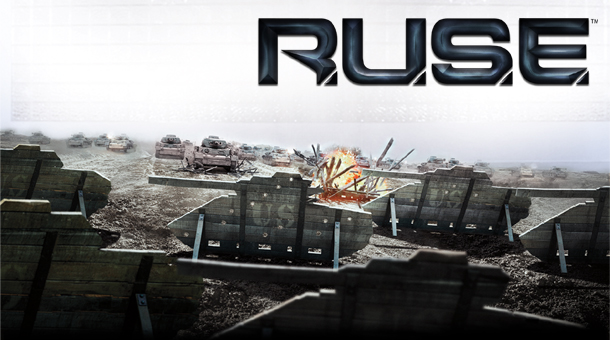 R.U.S.E . . . . . . . . PC Release Date : 07 Sep 2010
R.U.S.E . . . . . . . . PC Release Date : 07 Sep 2010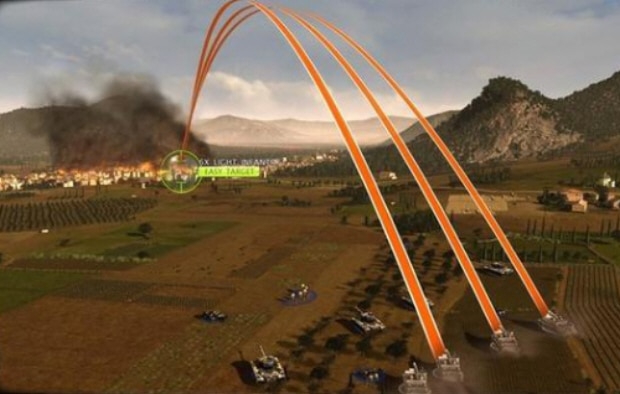 R.U.S.E : Screenshot 01
R.U.S.E : Screenshot 01 R.U.S.E : Screenshot 02
R.U.S.E : Screenshot 02 R.U.S.E : Screenshot 03
R.U.S.E : Screenshot 03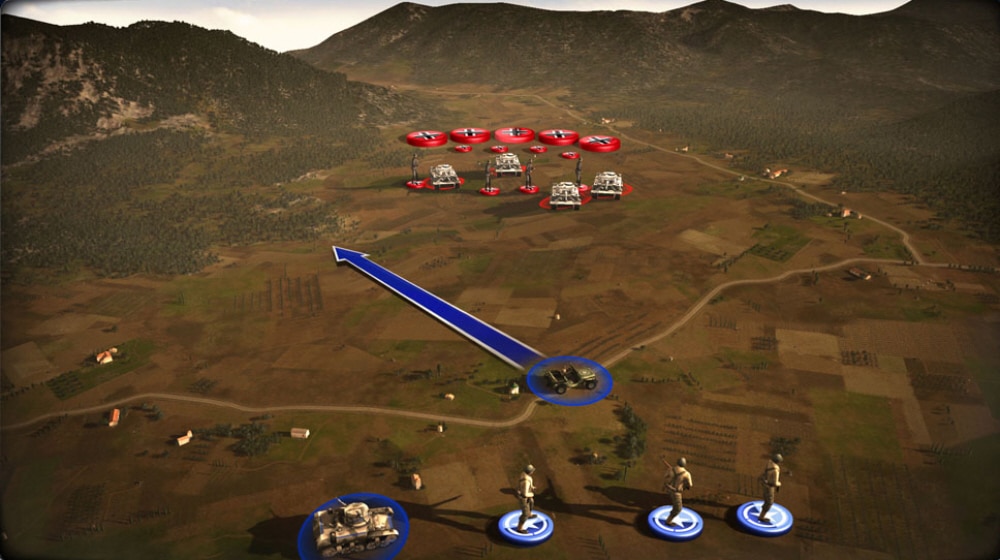


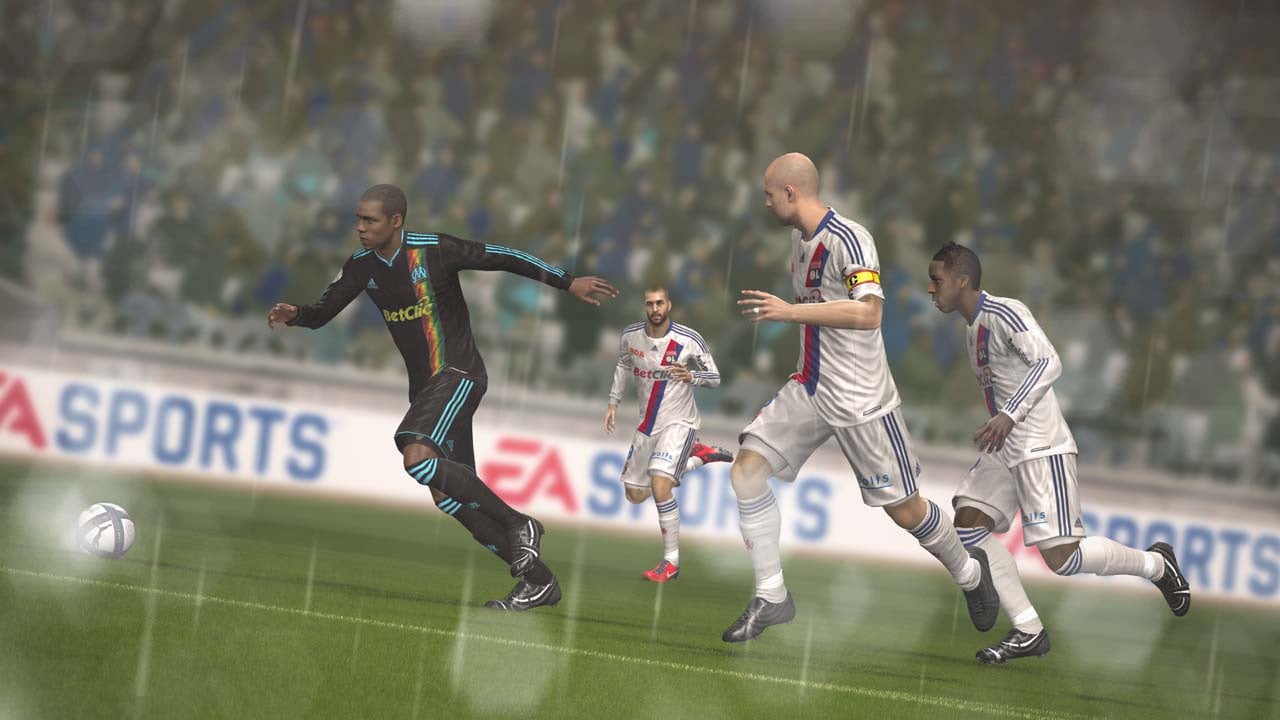













 F1 2010 . . .
F1 2010 . . .  F1 2010 : Screenshot 01
F1 2010 : Screenshot 01 F1 2010 : Screenshot 02
F1 2010 : Screenshot 02 F1 2010 : Screenshot 03
F1 2010 : Screenshot 03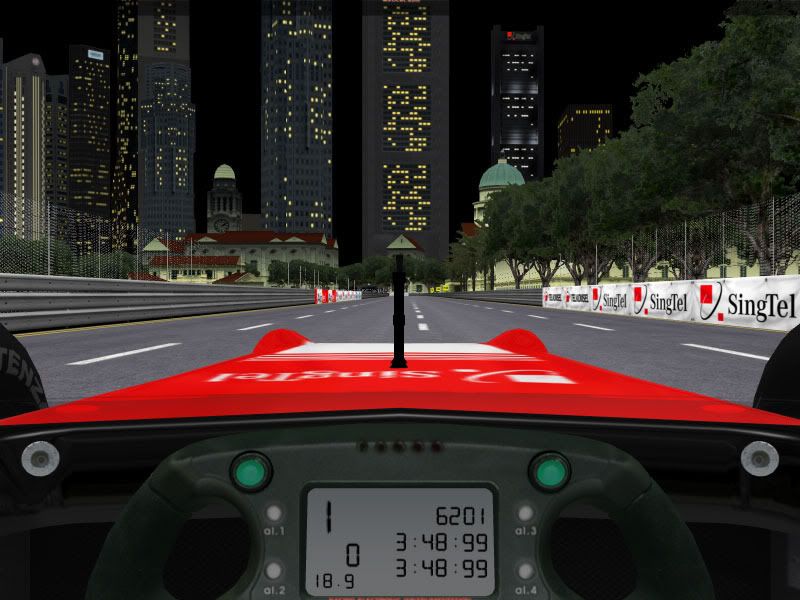 F1 2010 : Screenshot 04
F1 2010 : Screenshot 04






 Batman Arkham Asylum 2 . . .
Batman Arkham Asylum 2 . . .
 Batman Arkham Asylum 2 : Screenshot 02
Batman Arkham Asylum 2 : Screenshot 02 Batman Arkham Asylum 2 : Screenshot 03
Batman Arkham Asylum 2 : Screenshot 03 Batman Arkham Asylum 2 : Screenshot 04
Batman Arkham Asylum 2 : Screenshot 04  NBA 2K10 . . . Best Game For Basket Ball Lovers
NBA 2K10 . . . Best Game For Basket Ball Lovers NBA 2K10 : Screenshot 01
NBA 2K10 : Screenshot 01 NBA 2K10 : Screenshot 02
NBA 2K10 : Screenshot 02 NBA 2K10 : Screenshot 03
NBA 2K10 : Screenshot 03 NBA 2K10 : Screenshot 04
NBA 2K10 : Screenshot 04






